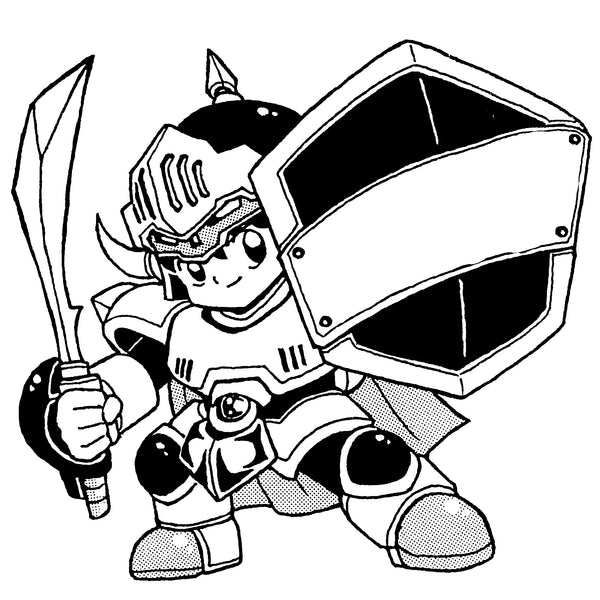What Retro Games Taught Us About Life: The PlayStation Chapter

Introduction: The Quiet Revolution in the Living Room
In the mid-1990s, a quiet but decisive revolution was taking place in our living rooms. The seemingly unshakable fortresses of Nintendo and Sega were crumbling. Before we knew it, the star player enthroned beneath every TV was the new grey machine created by Sony: the PlayStation.
It presented a world of smooth 3D polygons, a different dimension from the Super Famicom. And with the vast capacity of the CD-ROM, it enabled epic stories. The memory of playing Final Fantasy VII and crying out in happy disbelief, "When is this story ever going to end?" is an experience shared by many.
It was, for us, the "overwhelming future" itself, experienced for the first time. But where did this revolutionary come from? Behind its birth lay a story of "betrayal" that would go down in gaming history.
The Public Betrayal
At the time, Sony was Nintendo's greatest partner, having developed the sound chip for the Super Famicom. The two companies were jointly developing a "CD-ROM adapter for the Super Famicom," but Nintendo grew wary of a clause in the contract. That clause stated: "Sony will manage the licensing rights for CD-ROM game software." For Nintendo, which had built its empire on controlling software quality, handing over its very soul was unacceptable.
The incident occurred at the 1991 Consumer Electronics Show (CES). The day after Sony proudly announced the "PlayStation" to the world, Nintendo took the stage and unilaterally terminated the partnership, announcing they would be working with Philips instead. It was a cruel "public execution" that the world witnessed.
The Challenger's Counterattack
The development lead, Ken Kutaragi, was enraged by this humiliation. But the story did not end there. He burned with a determination to turn this abandoned project into a standalone console to defeat Nintendo.
From here, Sony's true battle began. They would destroy the conventions Nintendo had built, one by one.
-
A Bet on the Future: In an era of 2D sprites, they specialized in 3D polygon expression, betting on the future of gaming itself.
-
Creating a New "Cool": They overturned the "family-friendly" image, establishing a slightly more mature, cool, and stylish brand.
-
A Strategy to Win Allies: They offered more flexible licensing terms than Nintendo, luring blockbuster software makers like Final Fantasy and Dragon Quest, who had been exclusively in Nintendo's camp, over to their side.
Using humiliation as a springboard, Sony, as a challenger, magnificently built an era in their own unique way.
The Lesson Learned from the Ashes
Nintendo's "betrayal" and Sony's "revenge." Both were surely desperate choices made with the future of their companies at stake.
At the core of Nintendo's decision was the unshakable justice of protecting its "soul"—the principle of creating "fun for children." Even if they were to lose the battle because of that choice, they surely had no regrets.
This epic story from gaming history offers a powerful lesson for us today. To believe that your own path is the right one. And, if you ever hesitate in making a choice, to ask yourself:
"For whom is this choice being made?"
